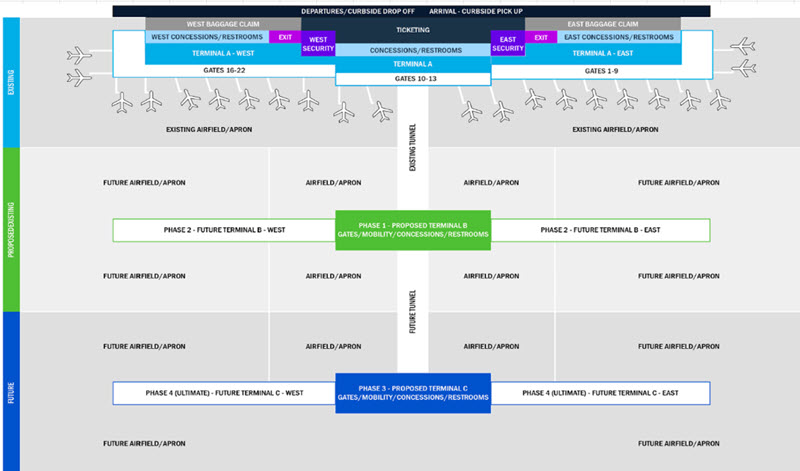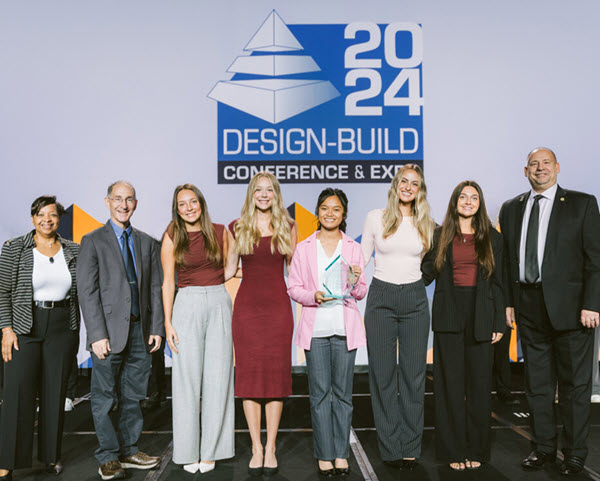Since 1993, the Design-Build Institute of America (DBIA) has been changing the game when it comes to how construction projects get done. Promoting design-build project delivery, DBIA has helped shift the focus to a more collaborative and unified approach where one team takes care of both the design and construction phases of a project. This unique approach cuts out a lot of the typical back-and-forth that happens between architects, engineers, contractors, and owners.
This leads to better communication, faster project timelines, and more savings for everyone involved.
DBIA became a beacon and go-to resource for construction professionals looking to dive into the design-build world. They offer plenty of valuable learning opportunities through workshops, conferences, and certification programs, like the Designated Design-Build Professional (DBIA) credential.
These programs help professionals sharpen their skills and deepen their expertise in the design-build process — which in turn helps ensure projects run more smoothly and are delivered successfully.
Once HCSS learned of DBIA’s annual Student Design-Build Competition, it seemed like a great opportunity to arm students with estimating software and give them hands-on experience to help them in their careers.
By partnering with DBIA, HCSS is helping shape the next generation of construction pros, ensuring they’re ready to thrive in a world where collaboration and technology are vital to success.
DBIA National Design-Build Competition — The Future of the Industry
DBIA saw a need to help students move beyond textbooks and get hands-on experience, so in 2012, they created the DBIA National Student Design-Build Competition to bridge that gap.
The competition pushes students to think beyond the classroom, challenging teams of engineering and design students to develop thorough project proposals for realistic construction projects. Even with the scope scaled down for the competition, teams are required to submit a 27-page document covering everything from the design to the construction process — as real as it can get without wearing a hard hat.
“As the estimator for Rocky Mountain Design Build, I worked with HeavyBid to create our proposal. I thoroughly enjoyed using the software as I was able to keep things organized and simple through the different codes (and crews) I made.”
- Ben Hewitt | University of Colorado Boulder
This year, the students were tasked with designing a build-out and creating an estimate to bid on a fictional airport in Montana.
Scope of the project:
An airport in Montana currently only has one terminal, Terminal A. Design and construct Terminal B, along with connecting structure(s) from A to B. Include transportation options, such as moving walkways, shuttle service, pedestrian pathways, etc. Ensure seamless operations and a smooth passenger experience.

As teams navigated the competition, they had to factor in things like weather, government regulations, and overall airport safety — any hiccups with permits could cost the project millions.
On top of all that, the students needed to fully grasp the scope of the project, including goals, parameters, and budgets. Just like in the real-world, it’s a builder's job to maximize every penny and ensure no wasted resources.
The DBIA National Student Design-Build Competition was divided into three key phases, each of which helped students develop and demonstrate their design-build skills.
Phase 1: Request for Qualifications
Teams get all the project documents — drawings, specs, and key details — to get a full picture of what they’re working with. In the real world, firms compete to prove they’re not only the best designers but constructors qualified to complete the project. This phase is about going through the info, spotting any issues, and coming up with a plan for an accurate estimate. Teams need to prove they can handle both the design and the real-world logistics, just like any construction firm would.
Phase 2: Request for Proposal
Teams must submit their final 27-page proposal, outlining not just the cost but also their management approach, cost tracking, and the overall project design. This is where they apply all of their research, calculations, and planning to create a complete and accurate cost estimate for the project. The estimate should include materials, labor, overhead, and other relevant costs. Teams must ensure their estimates are as precise as possible while adhering to industry standards.
Phase 3: Presentation & Evaluation
The top three teams present their estimates to a panel of industry experts at 2024 Design-Build Conference & Expo in Dallas, TX. They explain how they came up with their numbers, talk about any challenges or assumptions they had to consider and walk the judges through their approach. The judges look at how accurate the estimates are, but they also focus on how well the team communicates, solves problems, and presents themselves overall.
HCSS Gets Students Ready to Tackle Real-World Estimating
Whether through innovative solutions like HCSS software or education initiatives like the HCSS University Program, HCSS has always committed to educating students and growing the next generation of construction professionals.
For the second phase of the DBIA National Student Design-Build Competition, HCSS provided its pre-construction estimating software to give students the tools to take their projects beyond the conceptual design phase. With real-time data and an accurate estimating tool, students could put together detailed cost estimates and create competitive bids similar to projects in the real world.
Other ways HCSS estimating software came in handy:
Detailed Reporting & Analytics
During the second phase of the competition, students presented their bids to a panel of judges. HCSS enabled students to generate clear, detailed reports that break down costs, labor, and material estimates — giving judges full transparency into their bidding decisions. Something that has been historically difficult to do with generic spreadsheets.
Advanced Bid Management
More than just about numbers, students needed to keep all complex estimate details organized. HCSS enabled the students to track all bid components, adjust their estimates based on real-time information, and evaluate multiple bid scenarios to nail down their winning proposal.
Giving young design-builders access to HCSS software not only helped them create more accurate bids but also gave them a firsthand look at the real-world challenges of construction estimating and helped them develop the skills they need to succeed in the industry.
Congratulations to DBIA’s National Student Design-Build Competition Winner:

DBIA’s National Student Design-Build Competition Finalists:


DBIA’s National Student Design-Build Competition Region Winners:





Experience the Accuracy of HCSS Software
Similar to the DBIA National Student Design-Build Competition students, you can elevate your estimating game with HCSS pre-construction estimating software — the tool trusted by industry professionals for next-level accuracy.
Book a demo to see how HCSS software uses real-time data, detailed reports, and powerful bid management features to give you reliable estimates every single time.
For universities wanting more information on the HCSS University Program, you can visit here to get access to free versions of HCSS software! Integrate practical, real-life scenarios into the classroom and arm students with the knowledge and skills they need to excel in the construction industry. It's an immersive way to set students up for success in the fast-changing construction world.



